MUSEUM ISSUES   2017 year   Catalog of the Artists Vasiliy and Ludmila the Ermilovs (2017) Â
 In the framework of the opening of the exhibition “The Banks” the catalog by artists the Ermilovs was presented. Vasiliy Ermilov is the prominent artist of arts and crafts and wood carver. Over the years of his activity he found his own individual style, unique “Ermilov”s” drawing of Abramtsevo-Kudrino carving. Ludmila Ermilova is a famous graphic artist, working at the style of contemporary Russian folk graphics (woodcut and lino-cut), talented teacher, the Merited Worker of Culture of the Russian Federation. Folk art became their favorite genre, and each of them developed their own individual style. The main aim of published book is to present a vivid picture of art of the Ermilovs. Ludmila Ermilova is the inspirer of this project, Alexey Ermilov created the design and typography, Anna Andrianova is the author and compiler of opening articles, Natalia Malashina is the editor, photo by Alexander Egupets and Ekaterina Bazlova.    Booklet of Exhibition “Trialogue” (August, 2014) Â
The Museum-Reserve “Abramtsevo” prepared for printing the booklet of an exhibition “Andrey Vasnetsov. Nikolay Andronov. Andrey Marz. Trialogue”, which was held in the Museum in August-October, 2014. This exhibition was coincided with the 80th jubilee anniversary of the creative team “Novo-Abramtsevo” foundation. Painters have been settled in the Artists’ Village in Abramtsevo in 1890s and closely related to it. More than 40 works of the artists were exhibited there. Please click here for searchable online catalogue.     Booklet of Exhibition “Summerhouse of Grabar” (November, 2014)
 The Museum-Reserve “Abramtsevo” published the booklet of an exhibition “Summerhouse of Grabar”, that was held in the Museum in November-December, 2014 in the Studio.  This exhibit project was dedicated to the memory of the muralist and People’s Artist of Russia Sergey Goryaev. Such prominent masters as the first owner of this house, artist and the historian of arts Igor Grabar, People’s Artist of USSR Vitaly Gorayev, Sergey Gorayev, Alexander Pervukhin and many others have been worked in Grabar’s summerhouse in the village Novo-Abramtsevo at different times.  You may buy the booklet in the shop of the Museum-Reserve (Servants’ House).  Â
View the embedded image gallery online at:
http://abramtsevo.net/eng/forvisitors/museumissues.html#sigProGalleriad422434fd6         Collection “Abramtsevo in History and Culture of Russia. Materials and Researches.2015/12”
The Museum-Reserve “Abramtsevo” published the collection of scientific papers “Abramtsevo in History and Culture of Russia. Materials and Researches.2015/12”. The collection includes new materials about the history of Abramtsevo: the Aksakovs’ and the Mamontovs’ periods, and the researches in the development of the Museum in the 20th century. At first time the roles of Alexandra and Vsevolod the Mamontovs as the founders of the Museum were highlightened. The scientific researches, which were made by the employees of the Museum-Reserve “Abramtsevo” during the last years, contain a large part of the collection.
This collection continues the series of publications. Previous edition was published in 2014.
Book “The Scarlet Flower”
Drawings for this edition were made by the winners and participants of the child painting contest “The Scarlet Flower”, which was organized by the Museum-Reserve “Abramtsevo” in 2014. Almost 60 works have been published in the book.
The book “The Scarlet Flower” by Sergey Aksakov is available in the shop of the Museum-Reserve “Abramtsevo” (Servants’ House).
2013 year
Booklet of an Exhibition “At Last We Found an Estate… Abramtsevo. Owners and Guests”
An exhibition was held at Polenov’s Dacha of the Museum-Reserve “Abramtsevo” from December, 2012. “The estate “Abramtsevo” is one of the most picturesque places in the Moscow Region. It is famous not only for the beauty of its nature, but also by its historical past. During the 19th century this estate twice became one of the centres of literary and artistic life of Russia. From 1843 to 1870 Sergey Aksakov, a writer, literary and theatre critic lived here. From 1870 to 1918 the estate belonged to the family of Savva Mamontov, an entrepreneur and patron of arts,” – said authors of the booklet.
Here the readers could find the historical notes about an estate “Abramtsevo”, the story about the famous owners – the Aksakovs and the Mamontovs, historical photos, reproductions of paintings, and its exhibits. V. Lugansky is an author of modern photos and design of a book.
The booklet is published in 2 language versions: Russian and English. It is possible to buy in the shop of the Museum-Reserve.
2008 year
Nikolay Prakhov "Old Abramtsevo"
Nikolay Prakhov (1873–1956), a painter and photographer, was the son of the archeologist, art historian and critic Andrian Prakhov, a participant of the Abramtsevo Colony. As a child Nikolay Prakhov visited Abramtsevo with his parents and sisters and he wrote his memoirs about this place in the early 1950s.
The manuscript as well as the most part of the family`s archive was donated to the Abramtsevo Museum in the 1980s. The book titled "Old Abramtsevo" is published for the first time and contains unique details about the life in the Mamontov`s estate in the early 1880s.
This book keeps on the series "Reminiscences of Abramtsevo": formerly readers could have seen "Abramtsevo" by Natalya Polenova and "Reminiscences of Russian Painters" by Vsevolod Mamontov. The book is aimed at a wide range of readers.
For the first time Sergey Aksakov heard the fairy-tale "The Scarlet Flower" in the estate of his grandfather from the housekeeper Pelagheya. He recalled: "The housekeeper Pelagheya was a notable woman: in her youth she fled with her father from her previous owners Alakaevs and settled in Astrakhan, where she lived for more than 20 years; her father died soon and she got married there then became a widow and got a job in the merchants` houses including Persian ones, then she began to miss her homeland, found out that she had another owner, notably my grandfather who was strict but fair and kind, and came back to Aksakovo from her place of concealment one year before he died. My grandfather approved such a voluntary return, received her with favour and she, being agile and skillful, soon became a housekeeper. Pelagheya besides her occupations with the household brought together with her an extraordinary gift of telling stories, she knew a lot: In a wide collection of tales Pelagheya had Russian and Oriental ones, some of them were from 'The Arabian Nights': It was her who told me so many stories during long winter evenings". The fairy tale with the plot similar to "The Scarlet Flower" existed in European folklore long before Aksakov and its literary versions appeared in France at the late 17th – early 18th century and were translated into Russian. The Russian version was recorded by the writer and lexicographer Vladimir Dal in the first half of the 19th century. It was included in the collection "Russian Fairy Tales" published in 1855–1864 by the folklorist Alexander Afanasiev. Probably, the Russian folklore text or the translation of the French story (or may be both) was adorned by Pelagheya with national locutions, took the Oriental colour in the Astrakhan merchant world and this variant she told to young Aksakov. In a letter to his son Ivan dated November 23, 1856 Aksakov wrote: "Now I am busy with an episode of my book: I am writing a fairy tale that I learned by heart in my childhood and which I told to everybody`s fun with all Pelagheya`s humorous catchphrases. I almost forgot it, of course, but now digging in the larder of children reminiscences I have found in a pile of different trash many fragments of this tale, and as it will enter into the composition of 'Grandfather`s Stories' I have started its restoration. Seven sheets are ready now and it seems there will be seven more". Today we cannot define what in the text of the tale was told by Pelagheya and what was written by Aksakov. But there is no doubt that the book is a special literary work. First published in 1858 as an attachment to the Aksakov`s novel "Childhood Years of Bargov the Grandson" the story about the Scarlet Flower was repeatedly reissued, staged in Russian theatres, translated into many languages, became a plot for an animation (1952) and a movie (1978). A new edition of the book is to mark the 150th anniversary of its first publication.  Elena Polenova (1850–1898) was a graphic artist, designer and illustrator, a participant of the Abramtsevo Colony. She began illustrating fairy tales in the late 1880s. Firstly working with "Russian Fairy Tales" of Alexander Afanasiev she started to collect stories by herself. In the villages around Abramtsevo and during her travels she wrote down fairy tales told by peasants making numerous illustrations from which she chose the best ones and wrote texts for them by hand. Thus appeared "The White Duck", "The War of Mushrooms", "A Wolf and a Fox", "Ivan the Fool", "The Son Filliphko", "Morozko", "The Hut on Chicken Legs" and others handmade tales that nowadays are kept in the Museum of Vasily Polenov, the Abramtsevo Museum and the State Tretyakov Gallery. Her dream was to publish them but during her life only "The War of Mushrooms" was printed in 1889. Yelena Polenova wrote about it in a letter to the critic and historian of art Vladimir Stasov: "You ask me how I got the idea to illustrate 'the mushrooms march'. I began not with this plot but with other fairy tales borrowed from the stories collected by Afanasiev. To tell the truth I painted them without clear purpose, I simply liked the motives of Russian fairy tales (I always liked the Russian life in its past). These drawings saw some of my friends and they began talking about publishing them – the idea seemed interesting for me – and I started illustrating the Afanasiev`s 'White Duck'. When the scenes with people became monotonous I got the idea to draw something new and then I remembered 'a mushrooms war' as it was told by my grandmother when I was small, the plot with a mushrooms convent which I never heard later. As the story was written for children I tried to go back to that time in my imagination and remember how I fancied about small forest villages, monasteries and cities built in so-to-say mushroom scale, where lived and acted these wonderful creatures, as in a child`s world a mushroom is an attractive creature, absolutely alive. To draw these four pictures I worked a lot, I enjoyed this work, loved it. I made a number of mistakes, had some naïve dreams and hasty ideas and as a result I got a very bad edition, half of which: I had to destroy, a small part of it lies with no results at the bookshops and fifty books I keep in my house. Here is a very uninteresting but it seems full story of my publication". Only in 1906 the publishing house of Joseph Knebel (1854–1926) issued "Russian fairy tales and humorous catchphrases, paraphrased and illustrated by Yelena Polenova" in three volumes. "The War of Mushrooms" is the second tale illustrated by Polenova and published by the Abramtsevo Museum (the first one was "The Tale of Masha and Vanya"). |

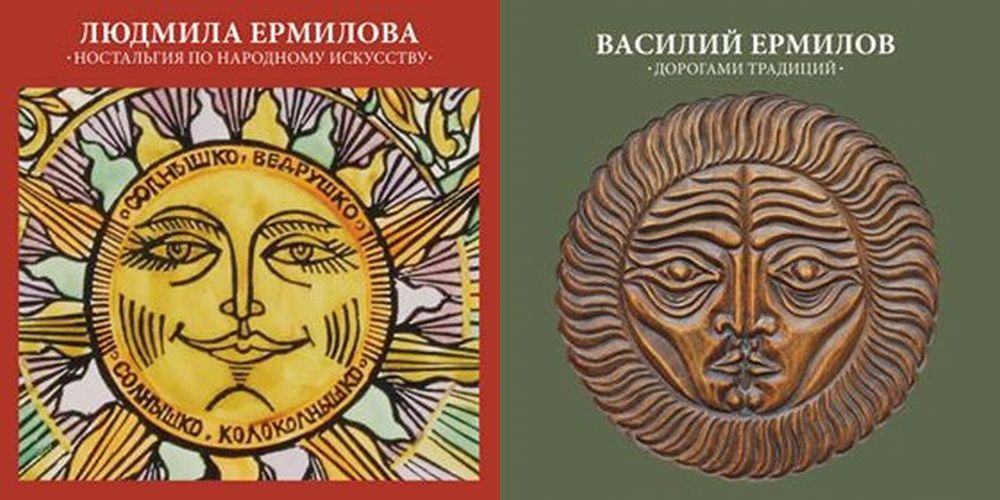
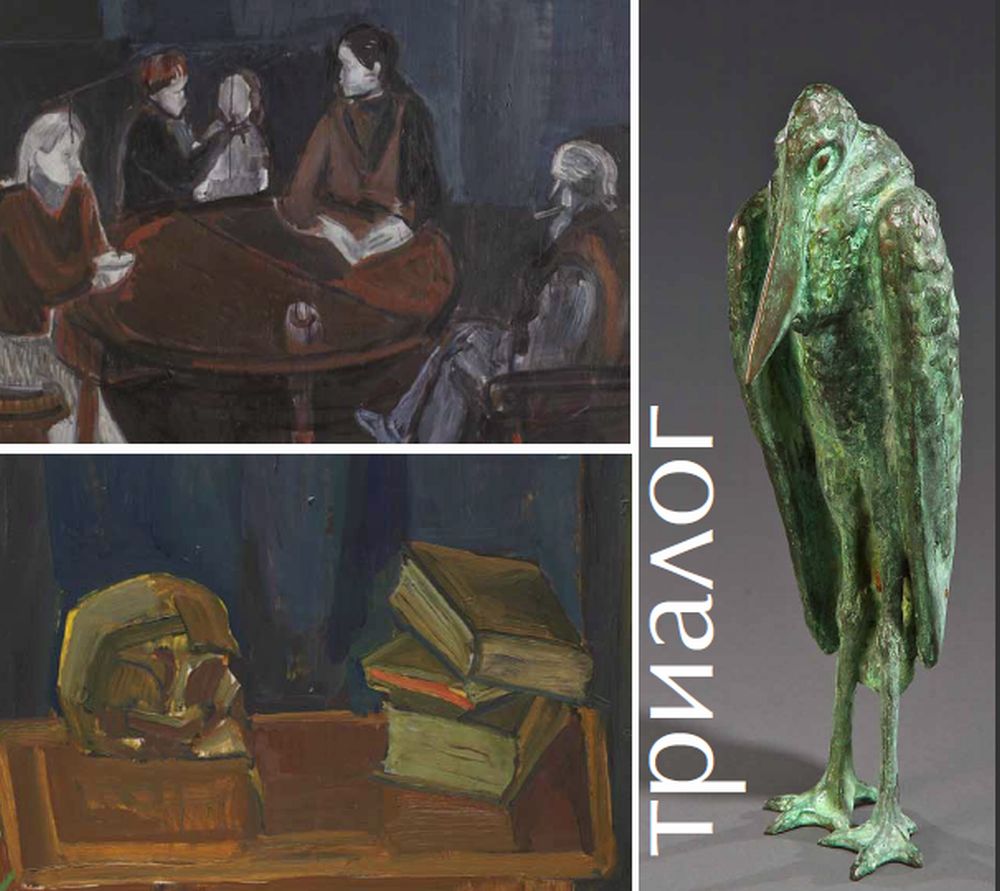
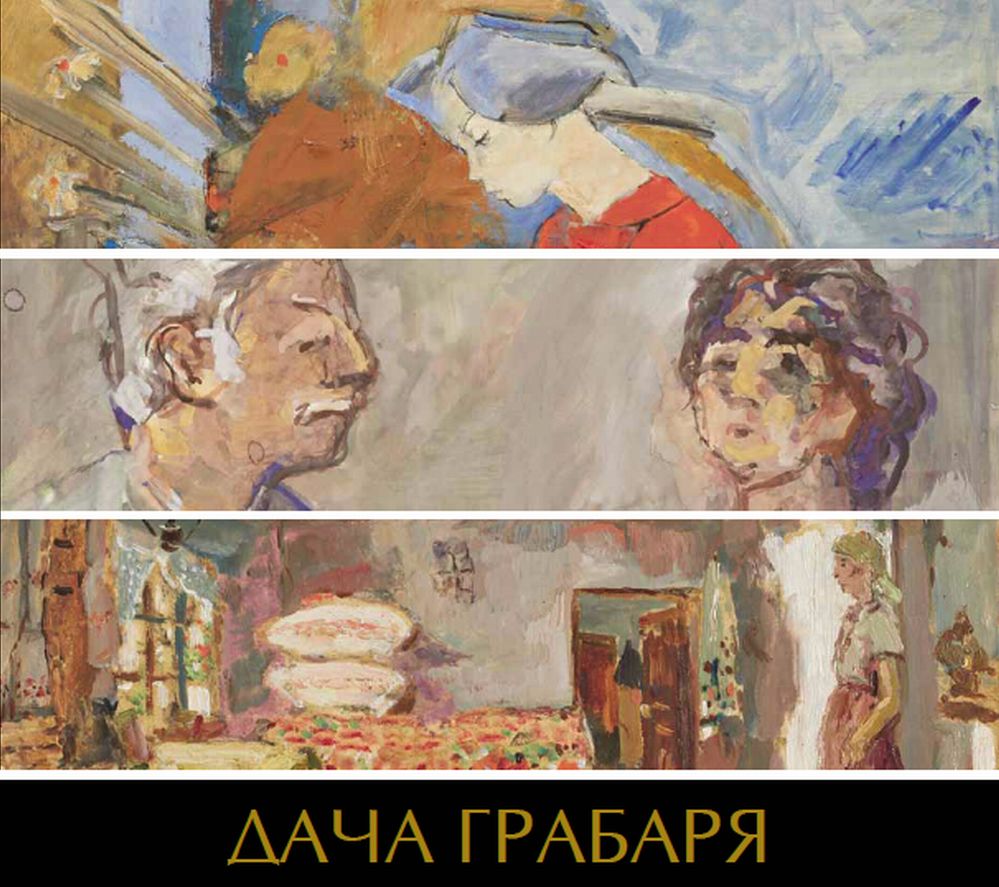

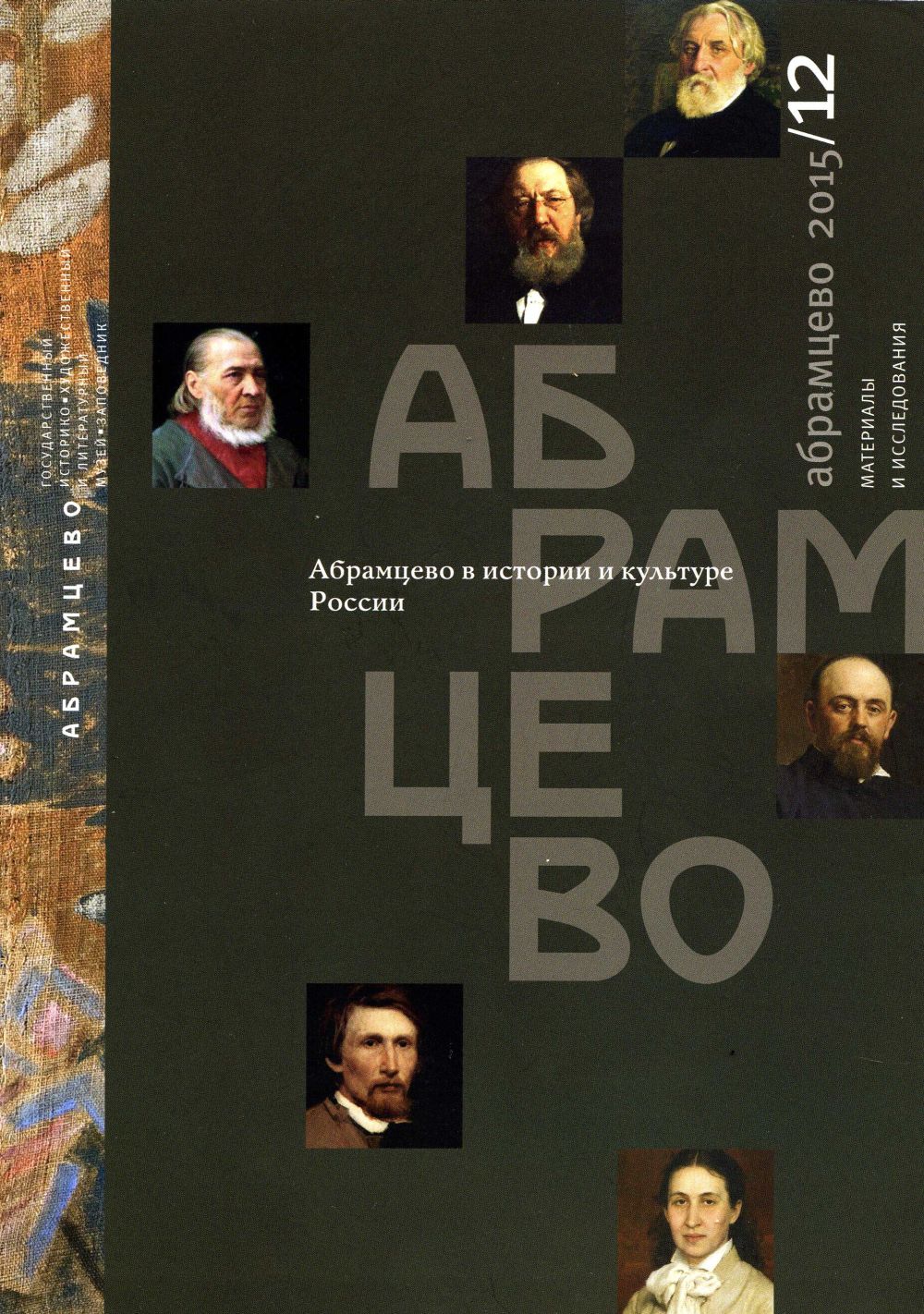
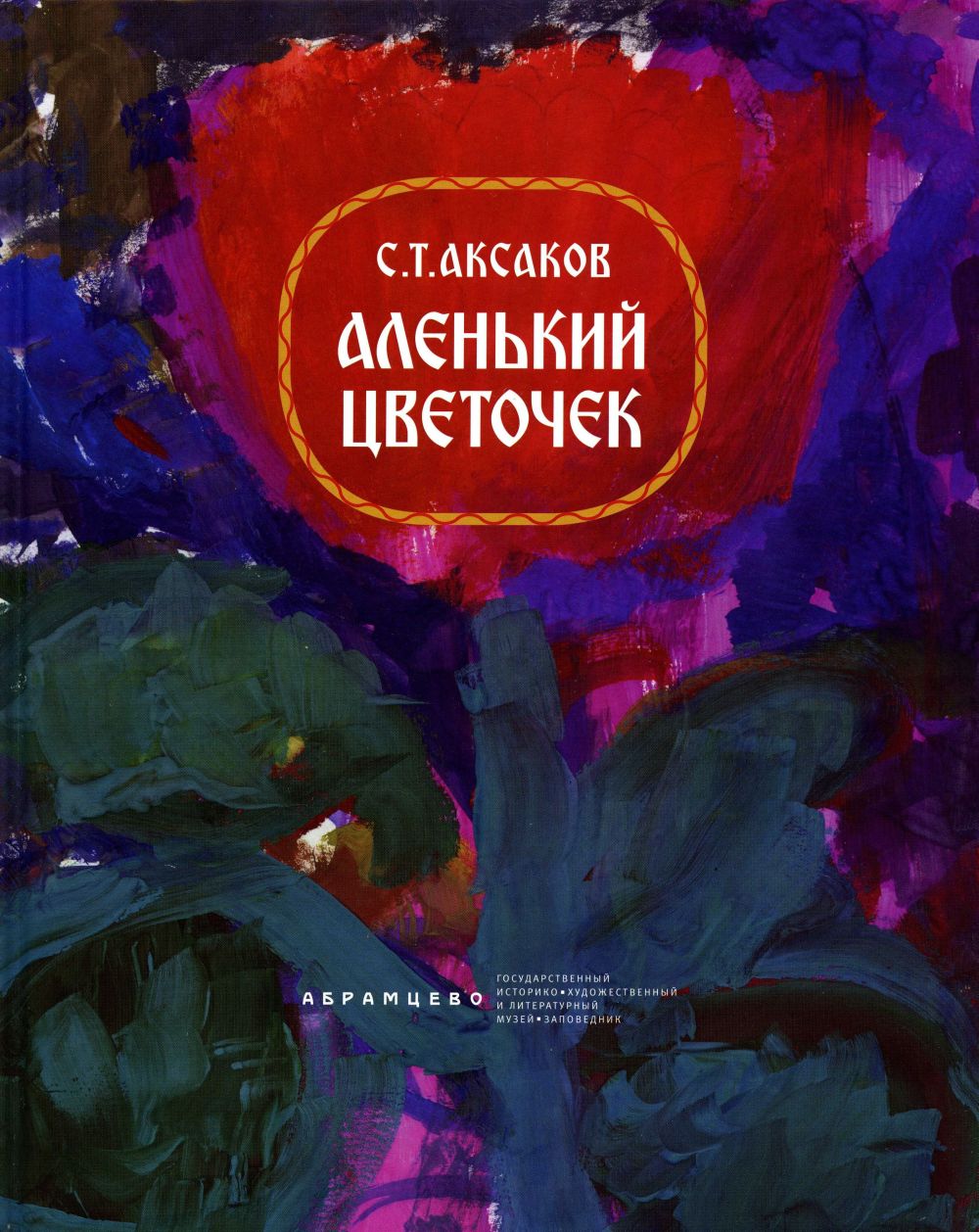

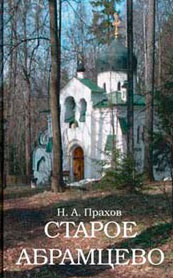
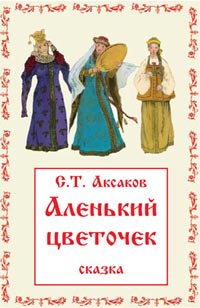
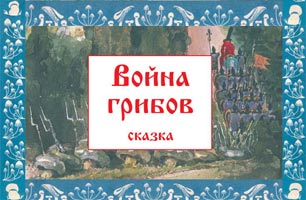 When I finished it seemed to me that they were not bad, original and interesting – that happened rarely concerning my other works, especially pictures. I felt that they will be liked. I set to publishing but at this time I had to face so many misfortunes that are not worth recalling.
When I finished it seemed to me that they were not bad, original and interesting – that happened rarely concerning my other works, especially pictures. I felt that they will be liked. I set to publishing but at this time I had to face so many misfortunes that are not worth recalling.